Danube Delta Biosphere Reserve Day marked by sturgeon restoration event
Public officials and school students from the Danube Delta area are expected today in Isaccea to repopulate the Danube with 5,000 diamond sturgeons under a project called "Developing a station for monitoring migratory fish: sturgeon and mackerel - Isaccea," with this being the third such activity since the beginning of the year, told Agerpres.
The event called "Come and baptise your sturgeon!" marks the 33rd anniversary of Government Decision 983/1990 under which the Danube Delta Biosphere Reserve (RBDD) was recognised and protected, and the idea of the activity belongs to Director of the Danube Delta National Research and Development Institute (INCDDD) Marian Tudor, unveiled at Parliament Palace in Bucharest on International Children's Day.
"This way, we tried to make a connection between the child and the student of today and the adult of tomorrow, seeing and symbolically baptising a fish before releasing it into the Danube, thinking that the fish will grow up and return to the Danube, in 10, 20 years. They will grow and mature at the same time. And maybe this child of today, the fisherman of 10-15 years from now, will keep this image and feel somehow responsible for protecting the sturgeon returned to the Danube for breeding," Tudor told AGERPRES.
"Come and baptise your sturgeon!" was selected by the Administration of the Reserve to mark RBDD Day amidst the importance of the sturgeon species.
"We are very interested in the developments in these fish species because catching any species of sturgeon has been banned in Romania since 2006. Currently, there are four species of sturgeon in the Danube Delta, one of fresh water, the sterlet, and three of salt water: the starry sturgeon, the diamond sturgeon, and the king of these species, the beluga sturgeon," according to RBDD Governor Gabriel Marinov.
The babies to be released into the Danube on Friday come from four diamond sturgeons caught in the spring of this year in the Danube near the village of Grindu by INCDDD specialists and fishermen from the Tulcea communities affected by the ban on sturgeon fishing. Three of the four sturgeons are males, resulting from a previous restoration, and there is also a wild female weighing 27 kilograms.
"The fact that there are three diamond sturgeons from a previous population is a great achievement and we are happy to be able to demonstrate that all the activities in support of population recovery have purpose, that what we do is not only at a declarative level, that we want to preserve the biodiversity of these species , but we actually have the proof that we are doing something very good for the environment and for the sturgeon species," said Marilena Maereanu a specialist in the artificial reproduction of sturgeons.
Under the European project, the repopulation of the Danube with about 4,000 baby sturgeons was included, but by September 1, when another 5,000 marked baby sturgeons are released, two more populations recoveries were made with 5,000 baby diamond sturgeons.
"When we wrote the project, we hoped to release at least 4,000-4,500 babies. We now have babies far beyond our expectations. There are almost 20,000 babies, which for the Danube and our area is a big win," said INCDDD official Mihaela Tudor, project activity coordinator.
She added that the process of getting the baby sturgeons entailed a lot of demanding activities, and Maereanu pointed to the importance of the genetic material of the female sturgeons.
"We are a team of specialists, and the results were possible thanks to that female diamond sturgeon who was very generous with us and offered us biological material of extraordinary quality and quantity, and thus we were able to produce many more babies. Because we had provided for sufficient quantities of raw materials, food and everything needed, we could have this performance and such a large number of larvae. I think we will exceed 20,000. My goal would be to bring at least 2,000-3,000 specimens to somewhere over 150-200 grams and release them at the inauguration of the mobile reproduction station," said Maereanu.
Before the third sturgeon population recovery in the river, the babies seemed impatient to reach the Danube.
"Now the babies are doing very well physiologically and I think they are looking forward to following their siblings and their parents. They are feeding very well, growing very well and have had a very good survival rate. We love them and I think that shows. It will be hard for us to part with them, but we do it with an open heart, because we know that they will end up where it will be better for them, next to their parents and siblings, first in the Danube and then in the Black Sea," added Maereanu.
While preparations are being made in Isaccea for populating the Danube with sturgeon, one of the fishing communities in the Danube Delta affected by the decision of the Romanian government of 2006, through the mayor's office and the local council of Sfantu Gheorghe, is demanding in court 100,000 euros for each fisherman who lived off the sturgeons.
"The undersigned [mayor's office and local council of Sfantu Gheorghe] understand to intervene in this case by referring to our attributions of socio-economic development of the small town of Sfantu Gheorghe, considering the precarious situation in which the majority of our population currently finds itself as a result of the indefinite perpetuation of the total ban on sturgeon fishing," reads the court filings submitted to the Tulcea Courthouse and posted on social media.
On RBDD Day, the Danube Delta Fisheries Local Action Group (FLAG) holds the closing conference of a project for an integrated local development plan of fishing areas, a plan that in the 2014-2020 programming period offered Danube Delta communities about EUR 10 million. The amount doubled on a large number of applications.
"More than 90 projects were funded and EUR 20 million were used up. There were 187 projects submitted and assessed by the Danube Delta FLAG, but not financed due to the lack of money. It was a success, considering the large number of applications received," said Danube Delta FLAG Chairman Andrian Ampleev.
However, only four fishermen from the county tried to access the European funds available through this entity, and of these, only one managed to complete the project, with the situation being explained both by the fishermen's lack of possibilities to support a project, because any European funding also implies a personal contribution, as well as the fact that few fishermen have the necessary knowledge to run a project.
"One of the three objectives of the plan was the promotion of social well-being, innovation and the cultural heritage of the area, and we had submitted projects for street lighting, fairs, festivals, sewage treatment plants, the development of mooring areas," said Ampleev.
The Danube Delta FLAG is now waiting for the Management Unit of Operational Programme Fisheries to issue the last necessary documents for the start of work on the new financial period and hopes that next year the activity for the new development strategy of the Danube Delta fishing zone will begin.
The project "Developing a monitoring station for migratory fish: sturgeon and mackerel - Isaccea", initiated by the RBDD Administration in partnership with INCDDD, aims to preserve biodiversity by implementing some measures from the management plan of the Danube Delta Biosphere Reserve for improving the conservation status of migratory fish, sturgeon and mackerel populations in RBDD.
The activities within it consisted in monitoring migratory fish species, raising public awareness of the importance of these species, and also strengthening the RBDD Administration's management ability to manage these fish species.
As part of the project, a mobile fish breeding station will be purchased, the first of its kind in Romania, according to INCDDD.
The project is funded under Operational Programme Large Infrastructure. It has an estimated total budget of RON 55.4 million and will end in late 2024.
Survivors of the era of dinosaurs, all sturgeon species are classified in the International Union for Conservation of Nature (IUCN) Red List as critically endangered, and authorities and scientists are making efforts to conserve the stocks based on a regional strategy for the conservation and sustainable management of sturgeon populations in the northwest area of the Black Sea and the Lower Danube, approved in June 2013, during a CITES regional meeting in Tulcea.
The decline in sturgeon populations was caused by overfishing, the pollution of the Danube, the destruction of habitats and the damming of the river. According to INCDDD, the construction of the Iron Gates dams alone, which did not provid passages for migratory fish, halved the migration route of these species that reached beyond Bratislava (Km. 1,850 ) and Regensburg (Km. 2,400).
Lower Danube is the breeding ground where the last wild populations of sturgeon in the European Union reproduce naturally. They are indicator species for environmental quality because of the multitude of habitats they use throughout their lives.

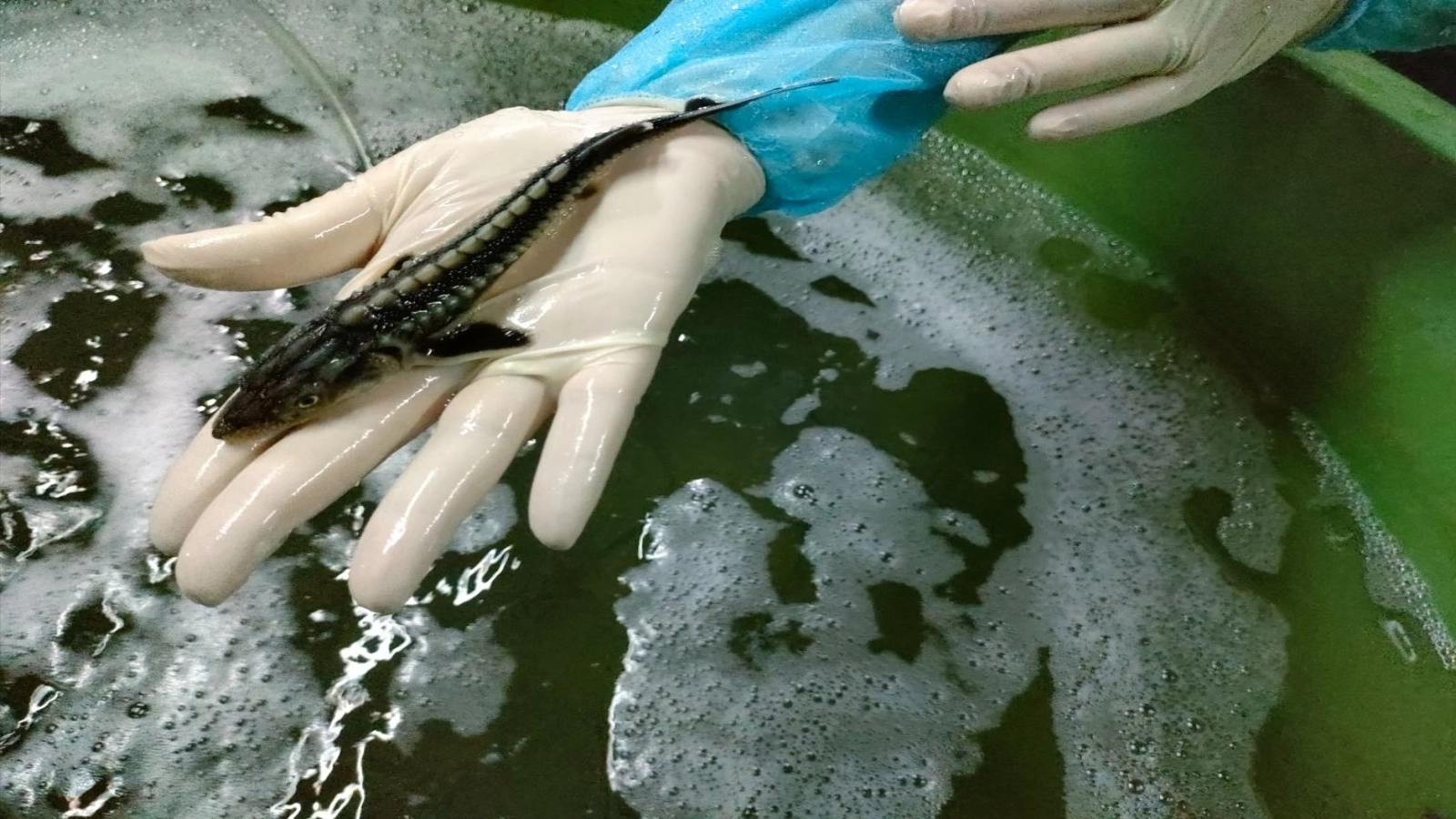









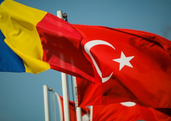

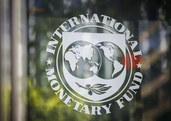

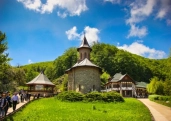




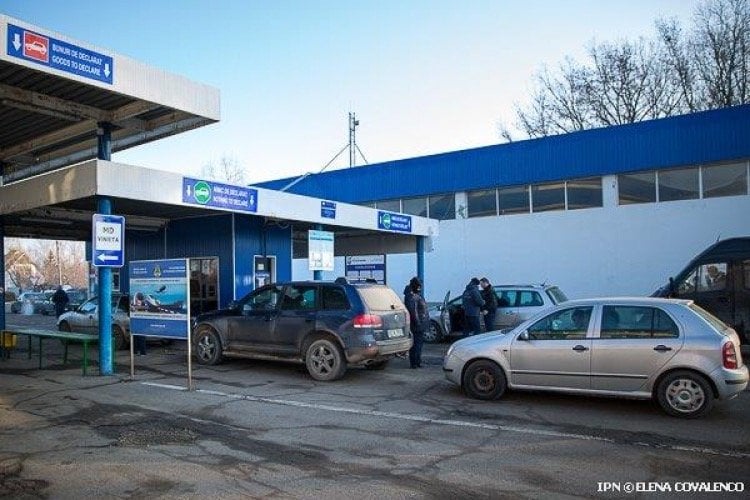








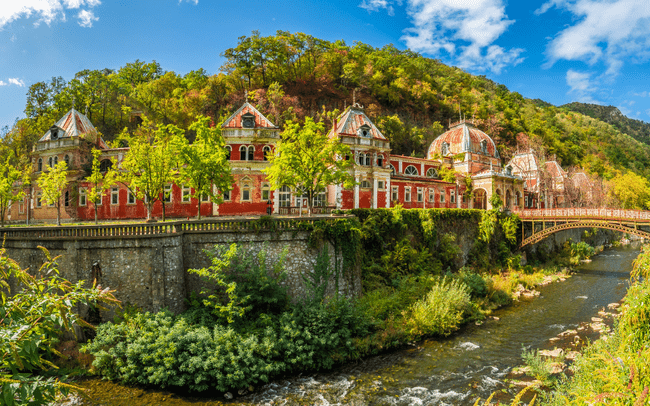



Comentează